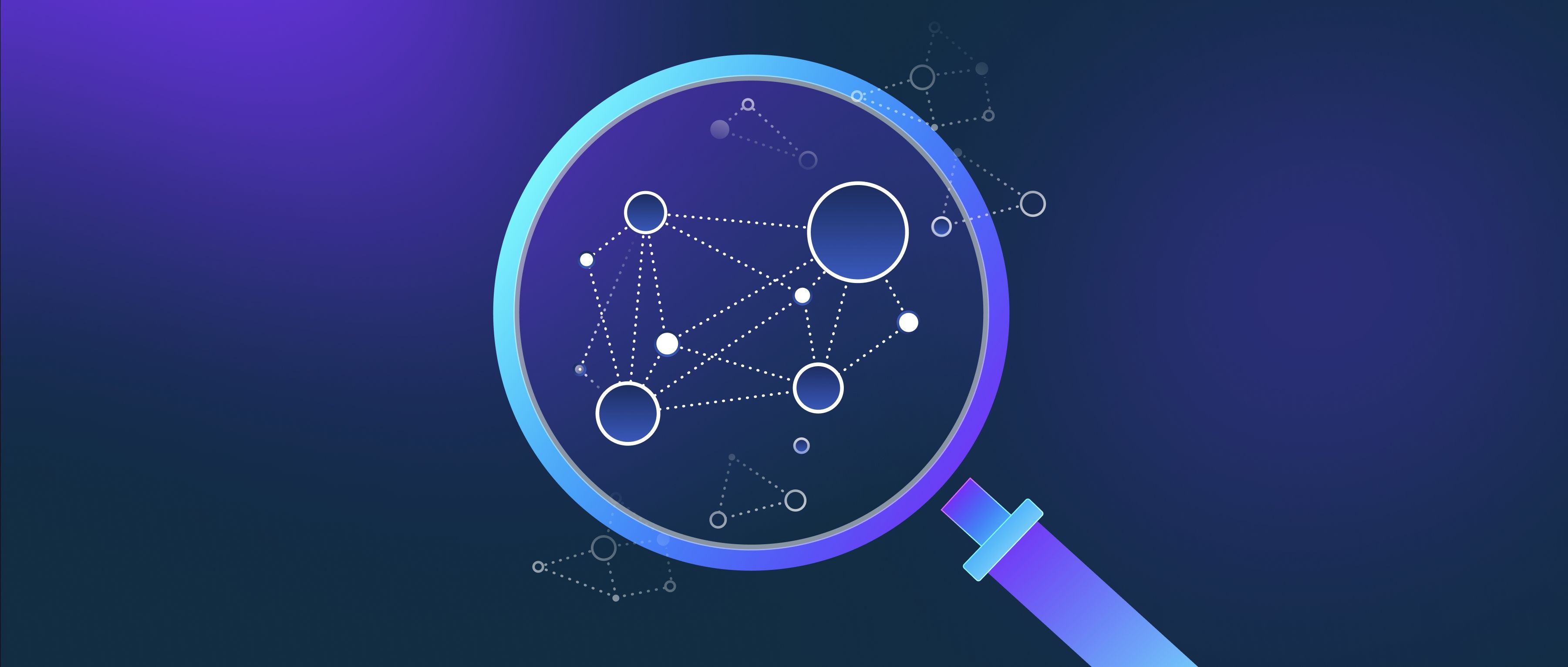A machine vision system is a set of hardware and software designed to allow a computer or robot to "see" and interpret the visual world, much like how humans use their eyes. These systems typically consist of a camera, lens, lighting, and processing hardware or software. The camera captures images or video frames, which are then processed by the software to extract useful information. This can involve tasks such as object recognition, image segmentation, motion tracking, or pattern recognition. For example, in industrial automation, a machine vision system might use cameras to inspect products on a production line, check for defects, and verify dimensions. It can also help robots navigate and manipulate objects in environments like warehouses. Machine vision systems are used in a variety of industries, from automotive manufacturing (where they ensure parts are correctly assembled) to agriculture (where they help in crop monitoring and sorting). By automating visual tasks, machine vision systems can increase efficiency, reduce errors, and enhance the overall performance of machines and robots in various applications.
What is a machine vision system?

- AI & Machine Learning
- Embedding 101
- Advanced Techniques in Vector Database Management
- The Definitive Guide to Building RAG Apps with LangChain
- Large Language Models (LLMs) 101
- All learn series →
Recommended AI Learn Series
VectorDB for GenAI Apps
Zilliz Cloud is a managed vector database perfect for building GenAI applications.
Try Zilliz Cloud for FreeKeep Reading
How does swarm intelligence apply to cloud computing?
Swarm intelligence is a concept inspired by the collective behavior of social organisms like ants, bees, and birds. In c
What is a hybrid model in deep learning?
A hybrid model in deep learning refers to an approach that combines different types of algorithms or architectures to ta
What is spatial pooling in computer vision?
Spatial pooling in computer vision refers to a process in neural networks, particularly in convolutional neural networks